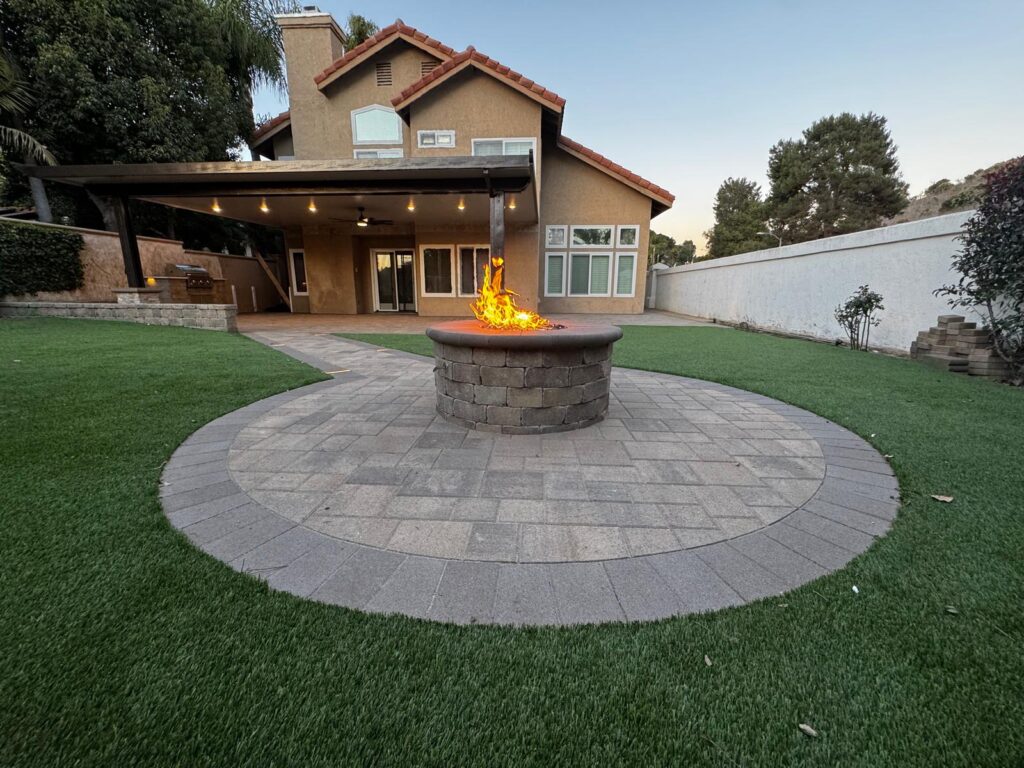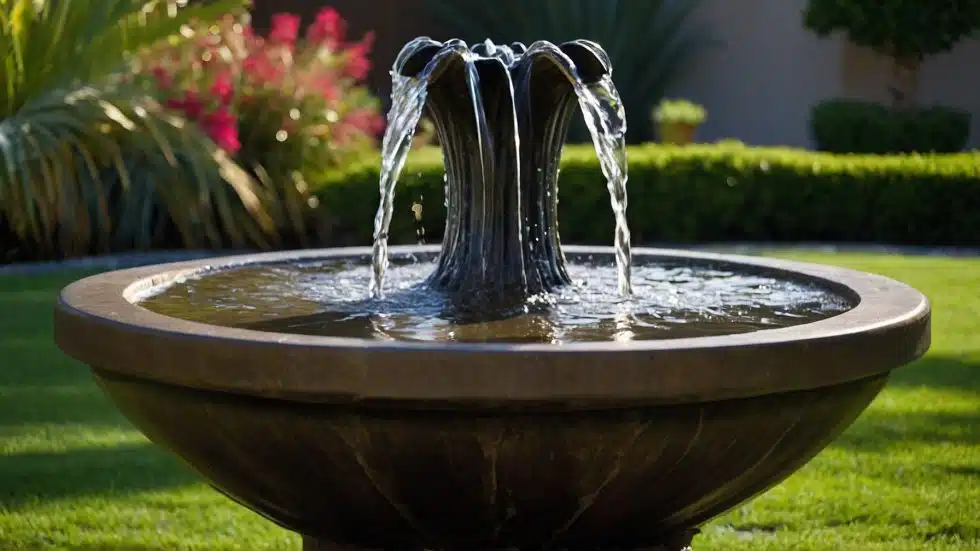Step-by-Step Guide to Installing an Outdoor Pergola
Are you looking to enhance your Orange County home with an elegant outdoor living space? Learning how to install an outdoor pergola can transform your backyard or front yard into a stunning retreat while increasing your property’s value. This comprehensive guide will walk you through everything you need to know about pergola installation in Southern California’s unique climate.
Get Free Estimate
Fill the form & we will call back!
Why Choose to Install an Outdoor Pergola in Orange County?
Before diving into the installation process, it’s important to understand why pergolas are particularly well-suited for Orange County homes. With our Mediterranean climate and abundant sunshine, a pergola provides the perfect balance of shade and open-air enjoyment. Local homeowners particularly appreciate how these structures:
- Create comfortable outdoor living spaces in our year-round pleasant weather
- Add architectural interest to both modern and traditional home styles
- Increase property values in competitive Orange County real estate markets
- Provide support for climbing plants like bougainvillea and wisteria
- Offer partial shade during hot summer afternoons

Essential Planning Steps Before Installing an Outdoor Pergola
Permits and Regulations
Before learning how to install an outdoor pergola, check with your local Orange County municipality about required permits. Different cities like Newport Beach, Irvine, or Huntington Beach may have varying requirements. You’ll need to:
- Obtain necessary building permits
- Check HOA regulations if applicable
- Verify setback requirements
- Ensure compliance with local building codes
- Consider wind load requirements for coastal areas
Site Preparation and Planning
Proper planning ensures your pergola installation goes smoothly:
- Choose the ideal location considering sun patterns
- Mark utility lines by calling DigAlert
- Assess drainage patterns
- Measure the installation area carefully
- Consider existing landscaping
Materials Needed to Install an Outdoor Pergola
Essential Tools
- Post hole digger or power auger
- Level (both torpedo and 4-foot)
- Measuring tape
- Power drill and bits
- Circular saw
- Socket wrench set
- Concrete mixing tools
- Safety equipment
Building Materials
- Pressure-treated lumber or specialized pergola kit
- Concrete and gravel for footings
- Post anchors and brackets
- Galvanized hardware and fasteners
- Weather-resistant screws and bolts

1. Foundation and Post Installation
The key to a sturdy pergola starts with proper foundation work:
- Mark post locations precisely
- Dig holes to appropriate depth (typically 2 feet in Orange County soil)
- Pour gravel base for drainage
- Set posts in concrete
- Ensure posts are plumb using levels
- Allow concrete to cure fully (usually 24-48 hours)
2. Installing Support Beams
Once posts are secure:
- Mark beam heights on posts
- Cut beams to size if necessary
- Attach post-to-beam connectors
- Install main support beams
- Check level across all beams
- Secure all connections
3. Adding Cross Members and Rafters
This stage creates the distinctive pergola appearance:
- Space rafters according to design
- Install decorative end cuts if desired
- Secure all cross members
- Add additional support brackets as needed
- Double-check all connections
Best Turf Installation Services in Orange County
Hire Our Experts Now!
(949) 919-0339
Artificial Turf Installation in Orange County with Free Concultation
Before
After
Customization Options for Your Orange County Pergola
Design Elements
- Traditional lattice patterns
- Modern clean lines
- Mediterranean-inspired details
- Coastal-themed modifications
- Custom end cuts and decorative touches
Material Choices
Consider these popular options for Orange County’s climate:
- Cedar – naturally resistant to decay
- Redwood – beautiful and durable
- Aluminum – low maintenance
- Vinyl – weather resistant
- Composite materials – long-lasting

Maintenance Tips for Your Newly Installed Pergola
Regular Maintenance Tasks
To protect your investment:
- Inspect connections quarterly
- Clean surfaces annually
- Check for pest infestation
- Maintain proper drainage
- Touch up finishes as needed
Weather Protection
Special considerations for Orange County’s coastal environment:
- Apply weather-resistant sealants
- Use rust-resistant hardware
- Consider shade options for summer
- Plan for occasional winter rain protection
Professional vs. DIY Pergola Installation
When to DIY
Consider installing your outdoor pergola yourself if:
- You have advanced DIY experience
- The design is relatively simple
- You have necessary tools
- Time flexibility is available
- Budget constraints exist
When to Hire Professionals
Professional installation might be better when:
- Complex designs are involved
- Permit navigation is needed
- Custom features are desired
- Time is limited
- Specialty tools are required

Cost Considerations for Installing an Outdoor Pergola
Material Costs
Average Orange County prices:
- Basic pressure-treated lumber: $1,500-3,000
- Cedar or redwood: $3,000-6,000
- Aluminum or vinyl: $4,000-8,000
- Custom materials: $5,000-10,000+
Labor Costs
Professional installation in Orange County typically ranges:
- Basic installation: $2,000-4,000
- Complex designs: $4,000-8,000
- Custom projects: $8,000-15,000+
Conclusion
Learning how to install an outdoor pergola can seem daunting, but with proper planning and attention to detail, it’s an achievable project for many Orange County homeowners. Whether you choose to DIY or hire professionals, a well-installed pergola adds lasting value and enjoyment to your property. Remember to prioritize proper foundation work, use quality materials suited to our coastal climate, and maintain your pergola regularly for years of outdoor enjoyment.


